Farid Arthaud
Massachusetts Institute of Technology
Depth-bounded Epistemic Logic
Jul 11, 2023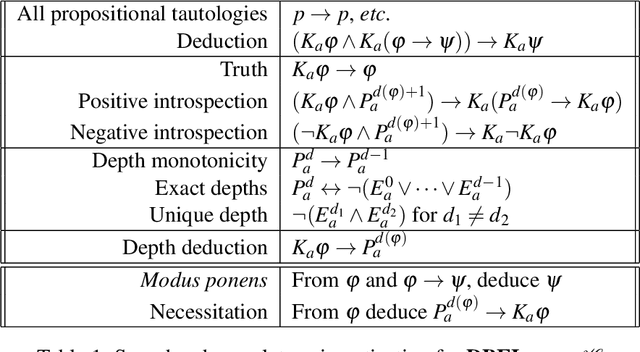
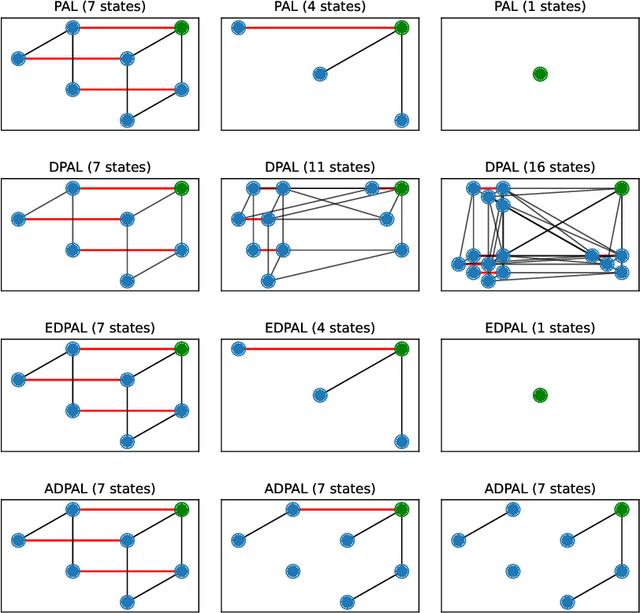

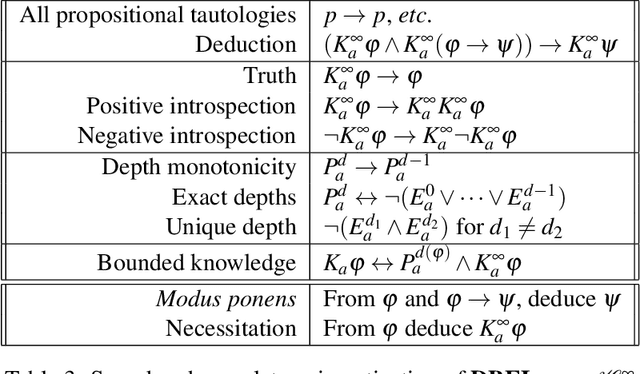
Abstract:Epistemic logics model how agents reason about their beliefs and the beliefs of other agents. Existing logics typically assume the ability of agents to reason perfectly about propositions of unbounded modal depth. We present DBEL, an extension of S5 that models agents that can reason about epistemic formulas only up to a specific modal depth. To support explicit reasoning about agent depths, DBEL includes depth atoms Ead (agent a has depth exactly d) and Pad (agent a has depth at least d). We provide a sound and complete axiomatization of DBEL. We extend DBEL to support public announcements for bounded depth agents and show how the resulting DPAL logic generalizes standard axioms from public announcement logic. We present two alternate extensions and identify two undesirable properties, amnesia and knowledge leakage, that these extensions have but DPAL does not. We provide axiomatizations of these logics as well as complexity results for satisfiability and model checking. Finally, we use these logics to illustrate how agents with bounded modal depth reason in the classical muddy children problem, including upper and lower bounds on the depth knowledge necessary for agents to successfully solve the problem.
* In Proceedings TARK 2023, arXiv:2307.04005
Transformers à Grande Vitesse
May 18, 2021
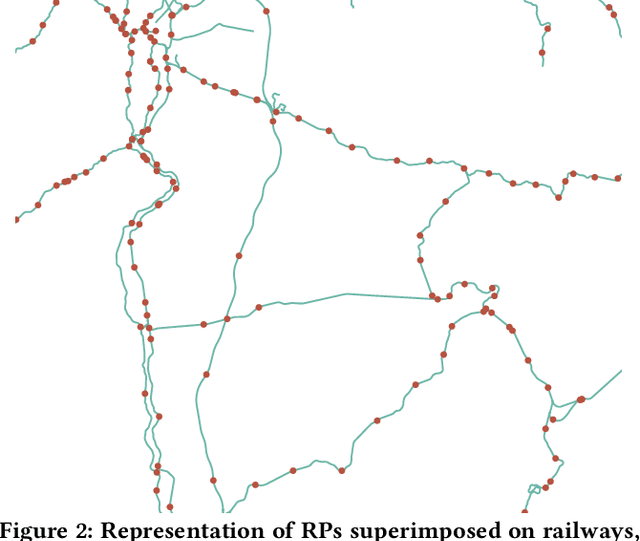


Abstract:Robust travel time predictions are of prime importance in managing any transportation infrastructure, and particularly in rail networks where they have major impacts both on traffic regulation and passenger satisfaction. We aim at predicting the travel time of trains on rail sections at the scale of an entire rail network in real-time, by estimating trains' delays relative to a theoretical circulation plan. Existing implementations within railway companies generally work using the approximation that a train's delay will stay constant for the rest of its trip. Predicting the evolution of a given train's delay is a uniquely hard problem, distinct from mainstream road traffic forecasting problems, since it involves several hard-to-model phenomena: train spacing, station congestion and heterogeneous rolling stock among others. We first offer empirical evidence of the previously unexplored phenomenon of delay propagation in the French National Railway Network, leading to delays being amplified by interactions between trains. We then contribute a novel technique using the transformer architecture and pre-trained embeddings to make real-time massively parallel predictions for train delays at the scale of the whole rail network (over 3k trains at peak hours, making predictions at an average horizon of 70 minutes). Our approach yields very positive results on real-world data when compared to currently-used and experimental prediction techniques. Our work is in the early stages of implementation for industrial use at the French railway company SNCF for passenger information systems, and a contender as a tool to aid traffic regulation decisions.
Few-shot learning through contextual data augmentation
Mar 31, 2021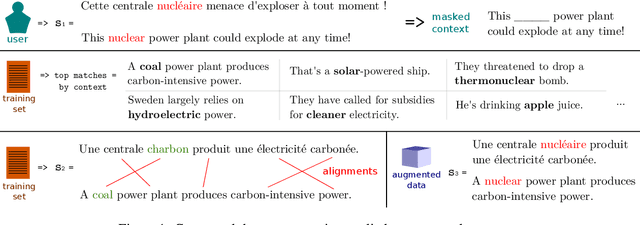


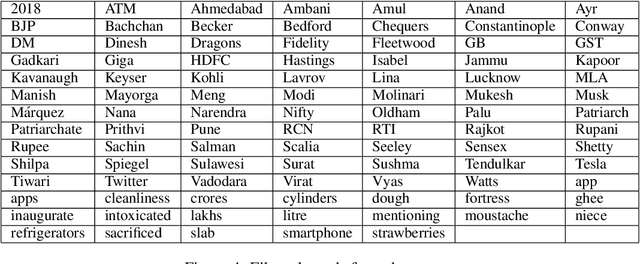
Abstract:Machine translation (MT) models used in industries with constantly changing topics, such as translation or news agencies, need to adapt to new data to maintain their performance over time. Our aim is to teach a pre-trained MT model to translate previously unseen words accurately, based on very few examples. We propose (i) an experimental setup allowing us to simulate novel vocabulary appearing in human-submitted translations, and (ii) corresponding evaluation metrics to compare our approaches. We extend a data augmentation approach using a pre-trained language model to create training examples with similar contexts for novel words. We compare different fine-tuning and data augmentation approaches and show that adaptation on the scale of one to five examples is possible. Combining data augmentation with randomly selected training sentences leads to the highest BLEU score and accuracy improvements. Impressively, with only 1 to 5 examples, our model reports better accuracy scores than a reference system trained with on average 313 parallel examples.
 Add to Chrome
Add to Chrome Add to Firefox
Add to Firefox Add to Edge
Add to Edge